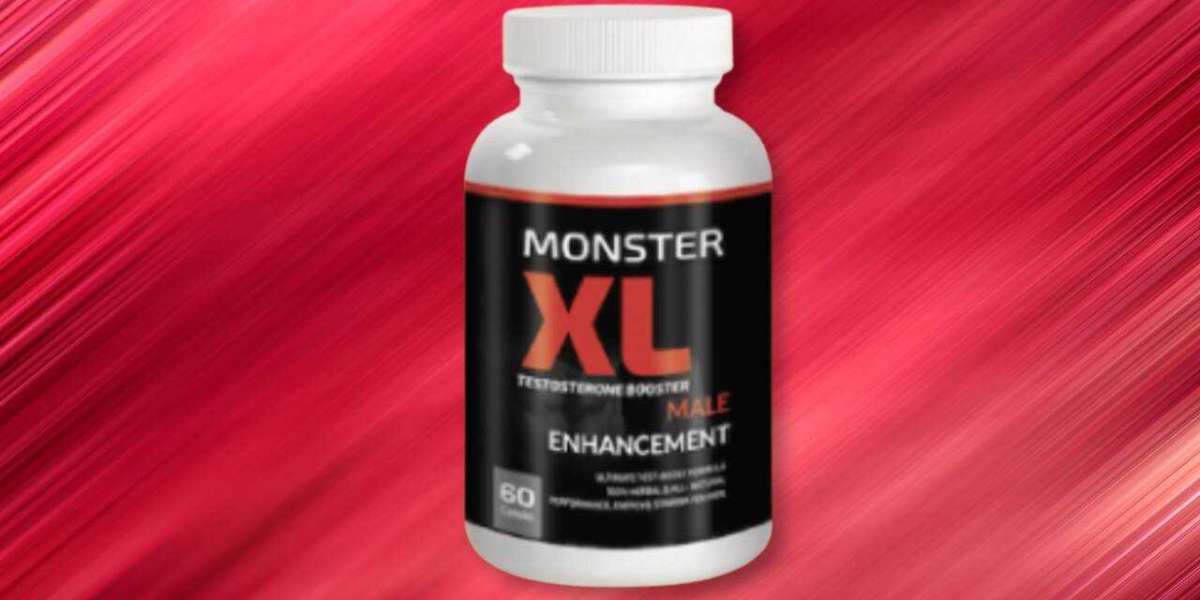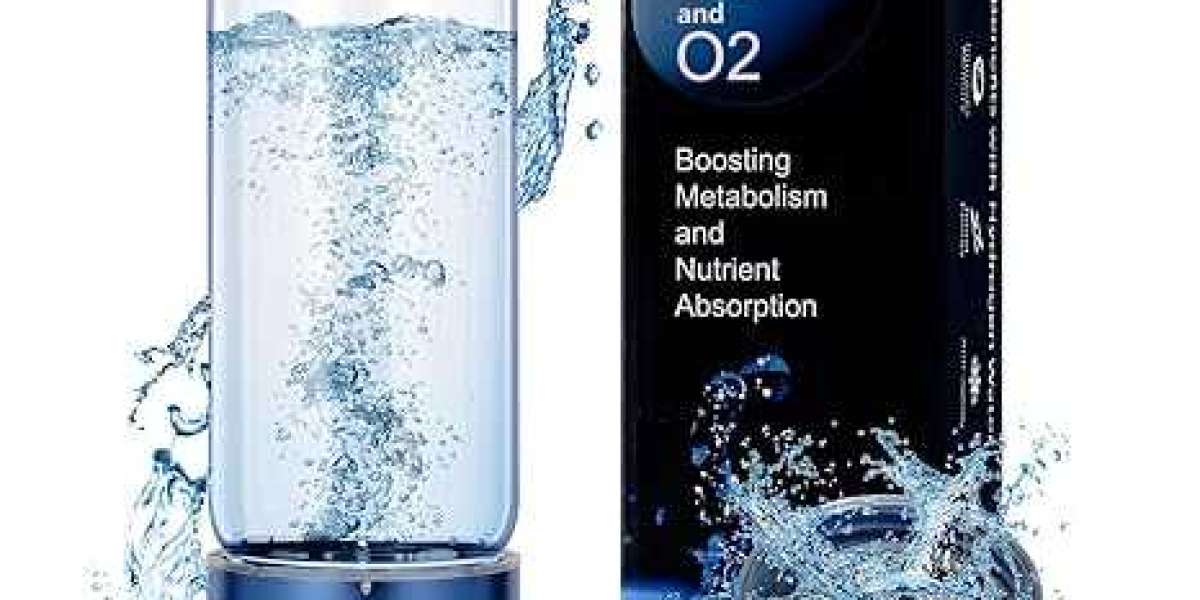Self-heating Technology
Self-heating packaging utilizes a chemical reaction within the package to generate heat and warm up its contents without external heating sources. When activating the internal heating mechanism, an oxidizing agent and a fuel substance combine to produce an exothermic reaction. The heat from this reaction transfers to the food inside, raising its temperature to something safely edible. This novel packaging technology could revolutionize how people access hot meals on the go.
How Self-heating Packaging Works
In Self-heating Food Packaging, the oxidizing agent and fuel components are kept isolated from one another until the consumer activates the heating process. Compartments within the packaging contain either an iron powder or other metal-based fuel on one side and a mixture of hydrated salts on the other. When the consumer breaks the isolating barrier, these substances are allowed to combine and stimulate an exothermic reaction.
The internal chemical reaction produces heat energy through oxidation. As iron Powder is exposed to water and air, it undergoes rusting which releases heat. Alternatively, some systems use calcium oxide which generates heat by hydration. This heat transfers to the food through conduction, increasing its core temperature to around 60-65°C within 10-30 minutes, enough to serve hot meals on the go.
Explore More Related Article On – Self-heating Food Packaging
Get More Insights on- Self-heating Food Packaging














